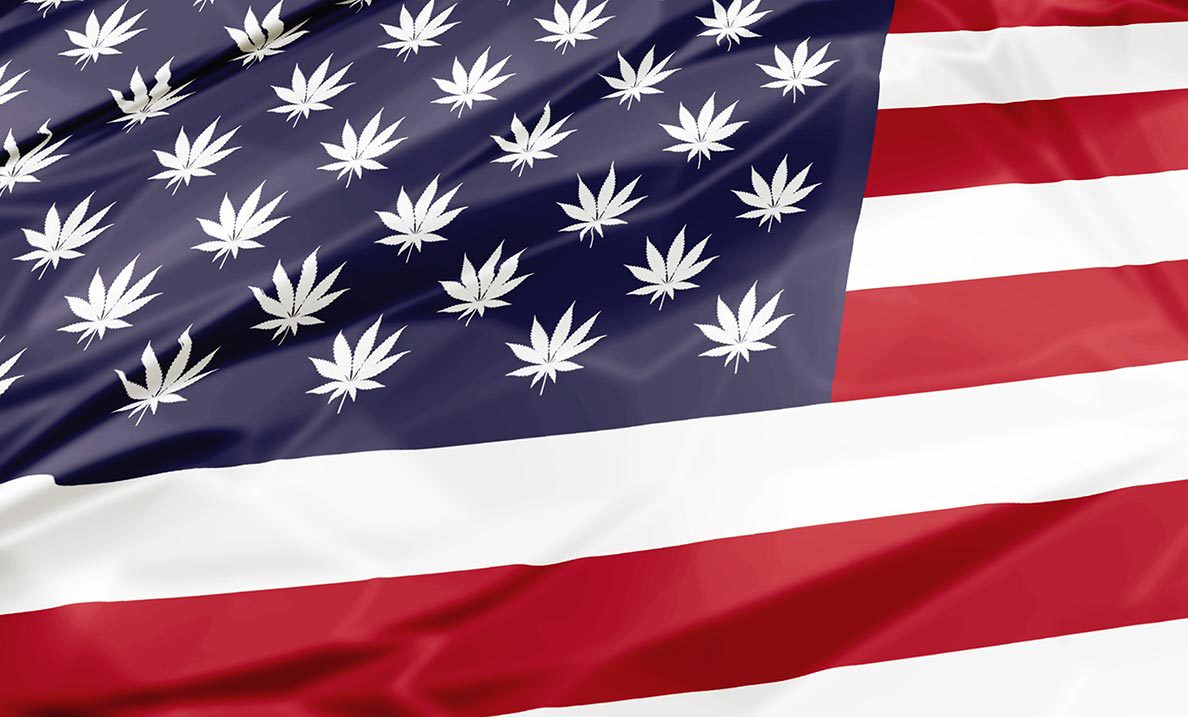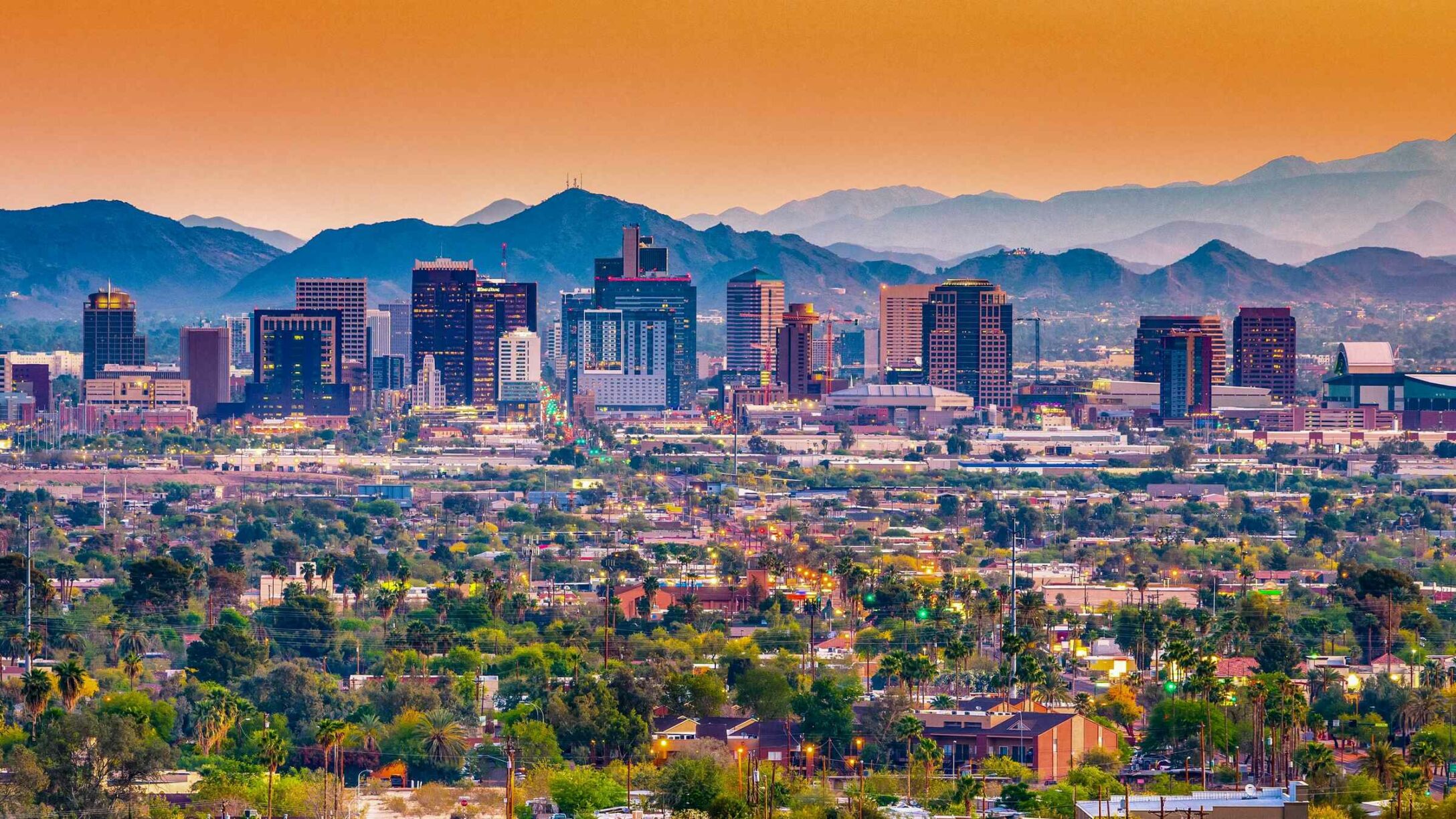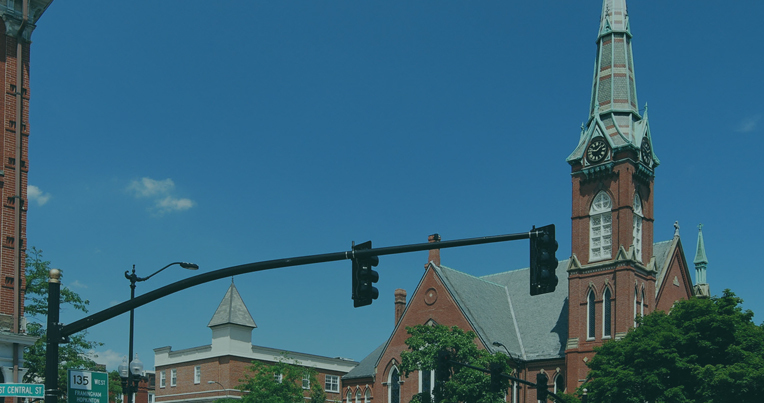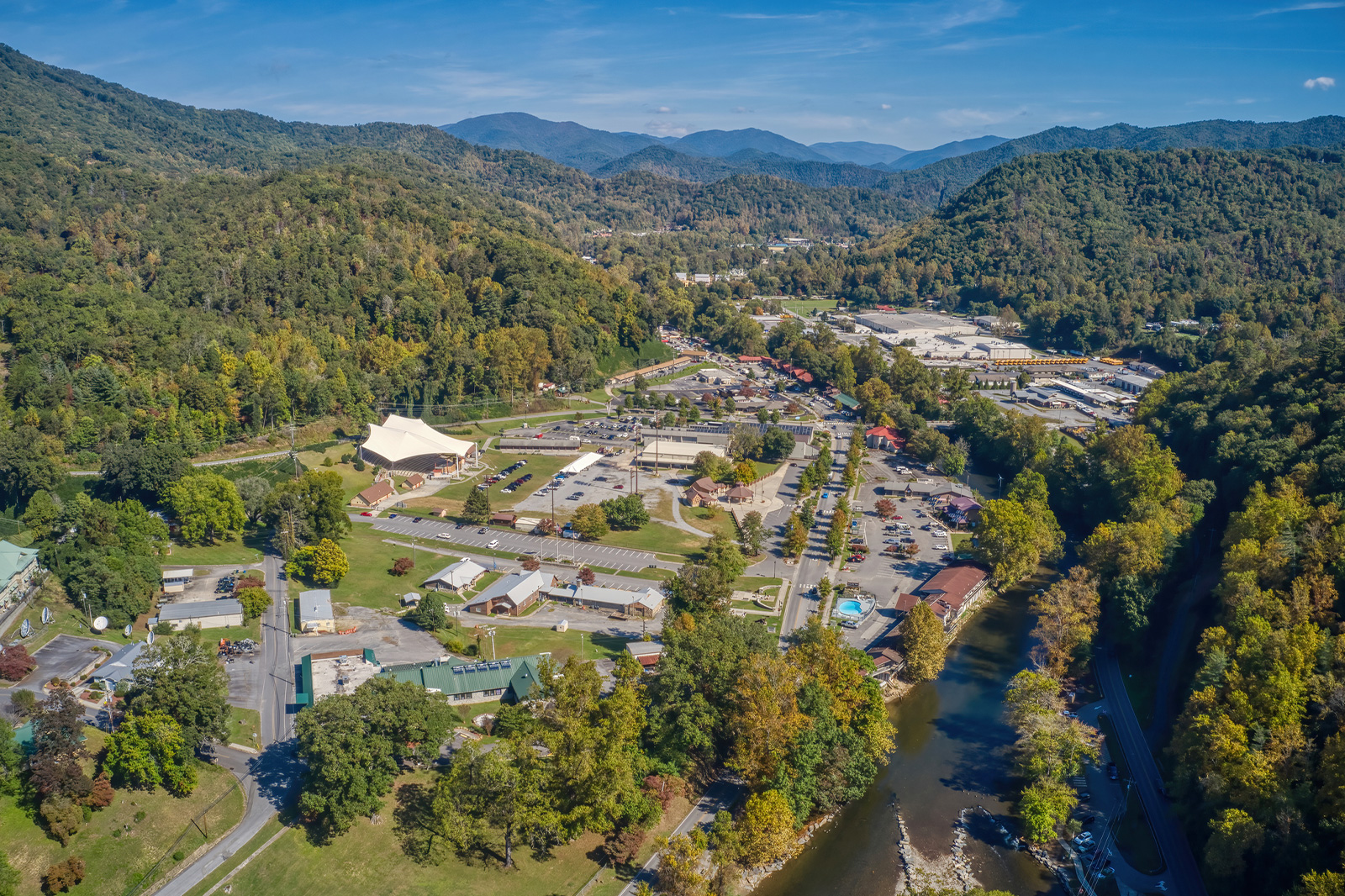There is now a slew of cannabis testing labs operating across the United States ever since statewide marijuana legalization has taken hold. Although some states have oversight programs to inspect and certify these labs, there is some confusion about what tests should be performed and the standards they should adhere to. With no federal controls like the Environmental Protection Agency (EPA), the United States Department of Agriculture (USDA), and the Food and Drug Administration (FDA) stepping in to provide guidance, a lot of state regulatory forces have adopted the ethos of “some safety testing is better than none.” But this mentality of “we’re doing a good enough job,” as it turns out, is actually worse for the industry than no testing at all.
When regulators subscribe to such a cavalier ideology, they leave the market open to a wealth of discrepancies that threaten the health and safety of the consumer. It also sabotages the integrity of the cannabis industry. Not all cannabis testing labs are pillars of righteousness. Kaycha Labs staff skilled scientists in the realm of analytical chemistry and micrology. We have the specialized experience to provide accurate results from your cannabis samples. We are an accredited testing lab that must adhere to a set of specific standards to maintain our credentials.
Not all states care about such professionalism. Therefore, some testing labs don’t use skilled scientists when examining cannabis samples. They simply train regular people to perform a variety of tasks, similar to how they might a fry cook at a fast-food restaurant. Most are instructed to appease the client at any cost. Unfortunately, these operations are more apt to inflate THC levels for fly-by-night companies (one of the biggest problems facing the industry today) and provide misleading certificates of safety for products. It really is the Wild West out there.
The rules and regulations to mitigate consumer exposure to toxicants such as pesticides, mycotoxins, heavy metals, residual manufacturing solvents, and microbial contaminates such as E. coli and Aspergillus vary from state to state. Colorado, for example, is different than California and so on. So, if every testing lab is permitted to operate with different practices and standards, how accurate and safe is cannabis in any given market? Nobody knows. The cannabis products purchased from state to state are inconsistent in terms of safety. There is a high lab-to-lab variability, and it’s only getting worse. In fact, investigations conducted over the past several years have shown that labs with identical cannabis samples often yield different results.
In some cases, the disparity in potency can differ by 20-30 percent. Since the consumer is driven to spend more for higher THC content, cannabis operations are known for pulling underhanded shenanigans to increase the perception of potency. They can also sometimes convince labs to fudge the results for THC amounts so they can charge more at the dispensary. Labs all over the country continue to get busted for these unethical practices, while so many others keep on sticking it to the system with impunity. But more than just inflating THC levels, unprincipled cannabis labs often allow contaminated cannabis to pass when it should have failed. This puts the consumer in peril. Yet, the repercussions for intentionally distributing tainted cannabis to the legal market, knowing the consumer could get sick, are few and far between. There are simply not enough regulatory forces to catch every bad actor in this business.
The cannabis industry isn’t getting any assistance at the federal level. Congress won’t so much as pass a simple banking bill, much less legalize the leaf at the federal level. Not even the newly legalized industrial hemp industry is getting any attention to help make the market safer. Federal health agencies have refused regulation and guidance. Therefore, producers of hemp-derived CBD and Delta 8 often don’t follow any safety protocols before selling products to unlicensed dealers. Many of these brands have been shown to contain more or less CBD or THC than advertised and contain toxins that aren’t fit for human consumption. Even those products purchased from licensed dispensaries in legal states are often labeled improperly. How does this happen? If Kaycha Labs doesn’t help a desperate company by producing desired results, they’ll find a lab that will. It happens all the time. Unfortunately, the lack of national cannabis testing standards has really put the consumer at risk.
Although the cannabis industry is a multi-billion-dollar industry, it is not treated as though it is a legal commodity. For goods like fruits and vegetables, it is up to the EPA to establish pesticide tolerance levels, and then the FDA and USDA must enforce those levels. This chain of command keeps America’s produce consistently monitored and mostly safe. Sure, contaminants slip through and recalls happen. But holding every producer to the same standards ensures that those mishaps are corrected with minimal impact on the consumer. Cannabis isn’t included in this regulatory scheme since it remains a Schedule I dangerous drug under the Controlled Substances Act. And that’s not likely to change as long as cannabis remains under that classification.
Testing cannabis for safety and potency is a state issue. In many cases, however, some states don’t require cannabis producers to test for every contaminant, leaving specific pesticides out. They use the term “maximum residual limits,” which means certain toxins are permitted, and how much is in there, well, that all depends. It’s up to each state to decide which pesticides are scrutinized and at what levels they can exist in foods and beverages. Some states may test for more pesticides but enable lower thresholds or vice versa. States also apply this concept to heavy metals, residual solvents, mycotoxins, microbial, etc. This means cannabis that fails laboratory testing in Colorado could technically pass in California. So, for the sake of argument, is the cannabis that failed lab testing in Colorado but passed with flying colors in California safe?
That, we’re afraid, is left open to interpretation. Without national cannabis testing standards, it is up to each state to establish its own set of rules and contamination limits. The situation also creates an unsavory environment for lab shopping and even more potential for fraudulent results.
Not only is doing “some” testing (none of which is standardized) not good enough for the market today, it’ll become more problematic in the coming years as the market grows. An industry like ours requires the same strict regulatory code and enforcement measures appreciated by food, drugs, and alcoholic beverages. Otherwise, the market is destined to be rife with bad actors, and ultimately the good guys (both businesses and consumers) will pay the price.
There are some developments in the works that aim to establish national testing standards industry-wide, but unless the federal government enforces these policies – and they probably won’t – the whole of the cannabis business community won’t follow. So then, what’s the point? Even without federal assistance, establishing nationwide standards (AOAC, ASTM etc) will help sort out the legitimate companies/labs. It may even give federal controls some insight and incentive to adopt them. Without a stricter code of conduct, many cannabis companies likely won’t take lab testing seriously, nor will they go the extra mile to ensure consumer safety and deliver the best quality.













